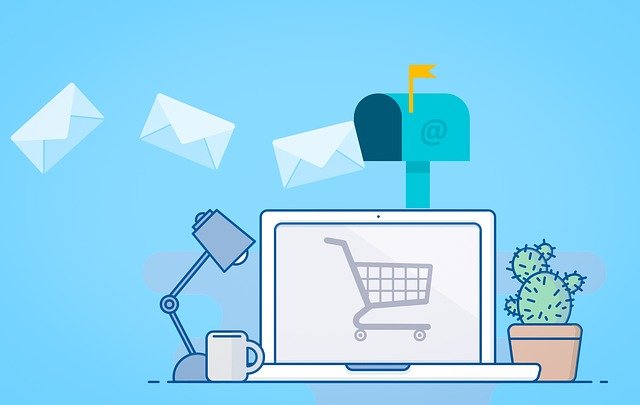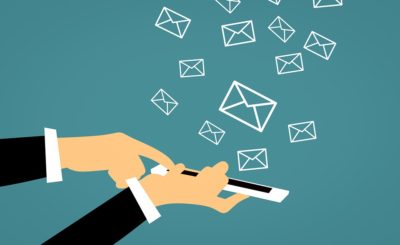Email marketing strategies are used for achieving particular goals, such as promoting a business product and ensuring customer loyalty. They carry a lot of advantages, especially delivering targeted messages at low costs. Broadcast emailing is a way of sending the same message to a group of people simultaneously. Even though this is the simplest way of explaining it, there is much more.
If you wonder about the types of broadcast emails, their benefits, and other details, here are the answers to your questions.
What is a broadcast email?
In the simplest terms, a broadcast email is a marketing strategy to send the same message to a group of people. You can choose your recipients, customers, or subscribers from a contact list. Companies, organizations, and businesses use them in awareness campaigns.
What are the types of broadcasts?
There are different types of broadcasts used by organizations and businesses, including newsletters, product releases and updates, sales and promotions, and digests. Each of them has a purpose and is used in various ways.
What is the difference between broadcast and autoresponder?
Some people believe that a broadcast and autoresponder to be the same thing, but that’s a common misconception.
A broadcast mail is a manually sent, one-time marketing campaign to a specific group of subscribers and is mainly based on customer contact details or personal data. An automated email is automated, recurrent, and sent to everyone on the contact list without exception. Your involvement in the sending process is quite limited.
How to make the most of your broadcasts?
Like any other email marketing campaign, broadcast emails will only provide results if used effectively. Here are some ways of doing so:
- Make sure each campaign is personalized
A broadcast marketing strategy will provide results only if you create relevant and individualized content for audiences. Even though they are sent to many people simultaneously, there is some scope for customization or personalization. For instance, you could use the person’s name in the greeting by using custom attributes.
- Audience segmentation
It is necessary to segment your audience because not every mail you send will be relevant to them. You could divide your recipients into categories like age, location, gender, behavior, and interests.
For example, while sending a newsletter, it will make sense to send them only to the stakeholders or those connected to your business somehow. Knowing your target audience will immediately impact and even build meaningful long-term relationships.
- Keep your emails short
Your recipients might not even find the time to read an email broadcast, let alone a long one. That is why you should keep your broadcasts as short as possible and only share relevant information. Using bullet points and fragmenting your sentences is an excellent way of making your message catchy and attractive.
- Send them at the correct time
Interestingly, Tuesdays and Thursdays are the best days for broadcast emails. Research has shown that people open and read their emails more often on those days, so your chances of being noticed are significantly higher.
However, you should avoid any emails during the weekends or the evenings. Post-lunch-time, or between 2-3 PM, is also suitable for sending a message.
- Include a CTA
If the goal of your broadcast is to advertise a product or persuade someone to subscribe to your newsletter, you should include a CTA (Call To Action). You could inform them of the benefits of your product or newsletter and how it can help them in the long run.
The broadcast emailing technique is a highly effective and result-oriented way to reach your target audience with a personalized message. However, you need to be aware of the right method of doing so, without which the entire campaign might be rendered ineffective.










